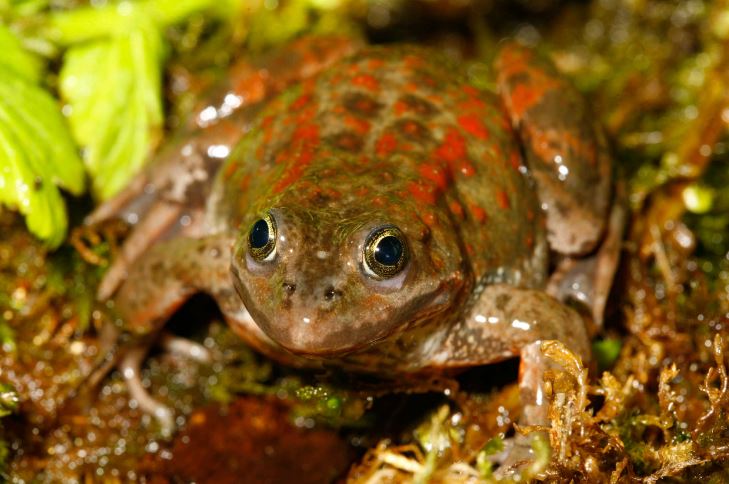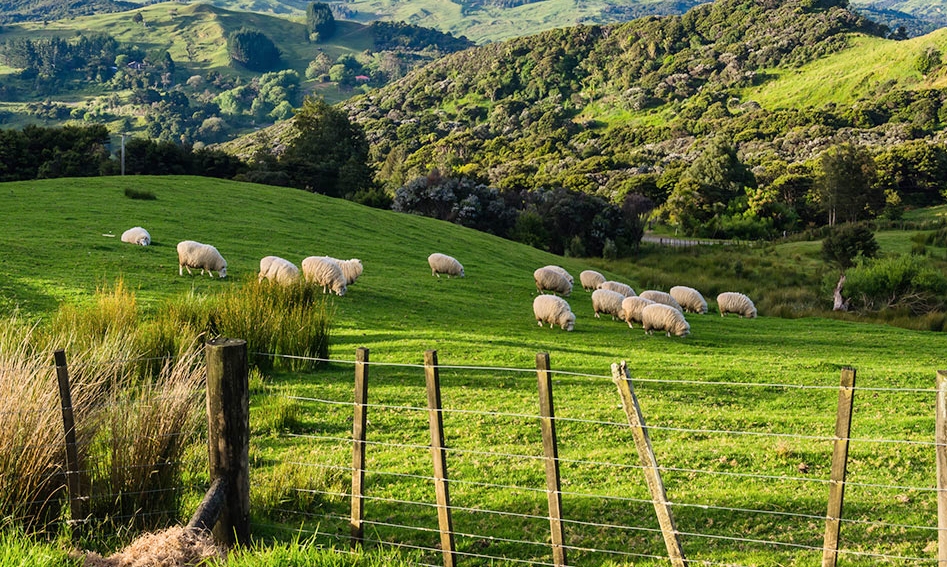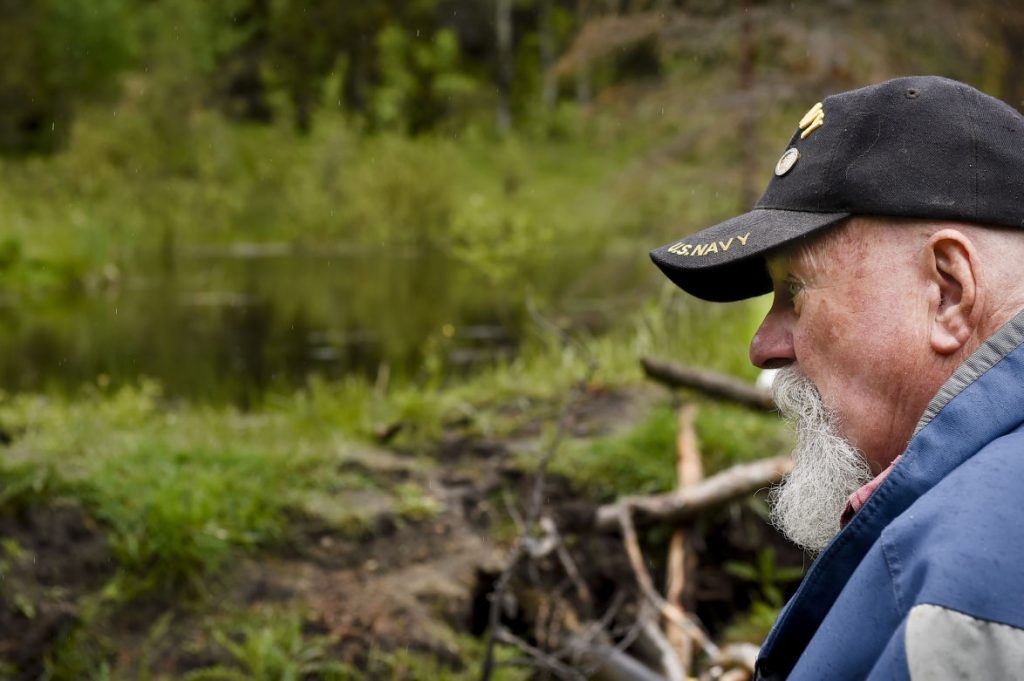Multiple environmental groups — Concerned Friends of the Winema, Klamath-Siskiyou Wildlands Center, Western Watersheds Project, Oregon Wild and the Center for Biological Diversity — have long opposed grazing within the pasture, which has been ranched by the Iverson family for more than a century.
Mateusz Perkowski
Grazing halted to study impacts on Oregon spotted frog
A federal judge has prohibited cattle grazing on 68,000 acres in Oregon’s Fremont-Winema National Forest until federal officials reconsider its impacts on Oregon spotted frogs.
Annual grazing authorizations for the Chemult Pasture issued by the U.S. Forest Service “did not account for evidence in the record showing cattle trespass, unauthorized use, and harm to habitat under the current management,” according to U.S. District Judge Ann Aiken.
Further grazing authorizations should be enjoined until the agency can determine the actual effects of grazing on the viability of spotted frogs and other sensitive species, according to Aiken’s ruling, which upholds conclusions reached by U.S. Magistrate Judge Mark Clarke.
Multiple environmental groups — Concerned Friends of the Winema, Klamath-Siskiyou Wildlands Center, Western Watersheds Project, Oregon Wild and the Center for Biological Diversity — have long opposed grazing within the pasture, which has been ranched by the Iverson family for more than a century.
A lawsuit filed in 2008 was dismissed as moot because the U.S. Forest Service had built a riparian fence within the pasture to protect the frogs, which are now a threatened species.
In another case, filed in 2010, the Forest Service was found to have violated environmental laws but the judge didn’t impose an injunction against grazing because it would have been impractical and likely hurt frog populations on private land elsewhere.
The most recent complaint accuses the agency of underestimating the damage that cattle inflict on wetland habitats inhabited by spotted frogs in violation of several environmental laws.
The plaintiffs argued that during dry periods, the frogs gather in shallow pools and are trampled by cattle that regularly venture beyond areas they’re authorized to graze.
Because such unauthorized grazing wasn’t fully analyzed by the Forest Service, the agency’s conclusion that cattle had only a minimal impact on the species “lacks rational support” contrary to the National Forest Management Act, according to the court.
The court characterized as “scientifically baseless” the Forest Service’s estimate that only 3 percent of spotted frogs were trampled by cattle, which is unlawfully “arbitrary and capricious” under the Endangered Species Act.
The extent of non-lethal harassment and harm to the species — which is also prohibited by ESA — was also left out of the agency’s analysis, the court held.
“Federal defendants offer little reasoning why they do not to include these measures of take of individual (Oregon spotted frogs), beyond alluding to practical difficulties in finding and measuring bodies of dead or injured (Oregon spotted frogs),” the ruling said.




Ecology the Religion, destroying the economy and enriching lawyers.
Let’s see …… After more than 100 years of cattle grazing on the meadow allotment there are still Oregon Spotted Frogs hopping and reproducing at the location in question …. So, (if I may point at the obvious) a reasonable person could easily conclude cattle and frog coexist within the currently existing environment. …. Unfortunately “reasonable” and/or “objective” are not character traits cultivated by many sitting on the federal bench.
I point out these groups argued that logging related loss of habitat were harming the spotted owl when the real culprit was the increasing population of barred owls that were ultimately responsible for the decreased numbers of observable spotted owls.
Then, just like now, the eco-warrior tenets of faith demand a human activity causation; rendering material facts are irrelevant. As the Spotted Owl was convenient cover for destroying a huge part of the “human environment” economy then (Harney County Oregon went from the most prosperous county in Oregon to the most destitute county in Oregon) the Spotted Frog has been selected as the reason to kill off the ranching/agricultural segment of the economy …… because people are the problem and therefore people must suffer …. It’s the exact same “use of psuedo-science manipulation to achieve the preconceived outcome” approach that proves carbon, on a planet where all life is carbon based, is a deadly uber toxic polutant …..
The National Environmental Protection Act was passed by Congress to insure consideration of environmental impacts on the “Human Environment” was part of the federal government decision making process. Somehow, quite by accident I’m sure, the bureaucrats in Washington DC confused the phrase “Natural Environment” with the legislated phrase “Human Environment” way back when agency policies and internal guidence documents were crafted. ……
Similar gramatical confussion is no doubt responsible for the federal courts interpreting “the citizen is sovereign and government the servant” as a mandate to call the slightest potential percieved ambiguity in our founding documents be resolved in favor of federal supremacy.